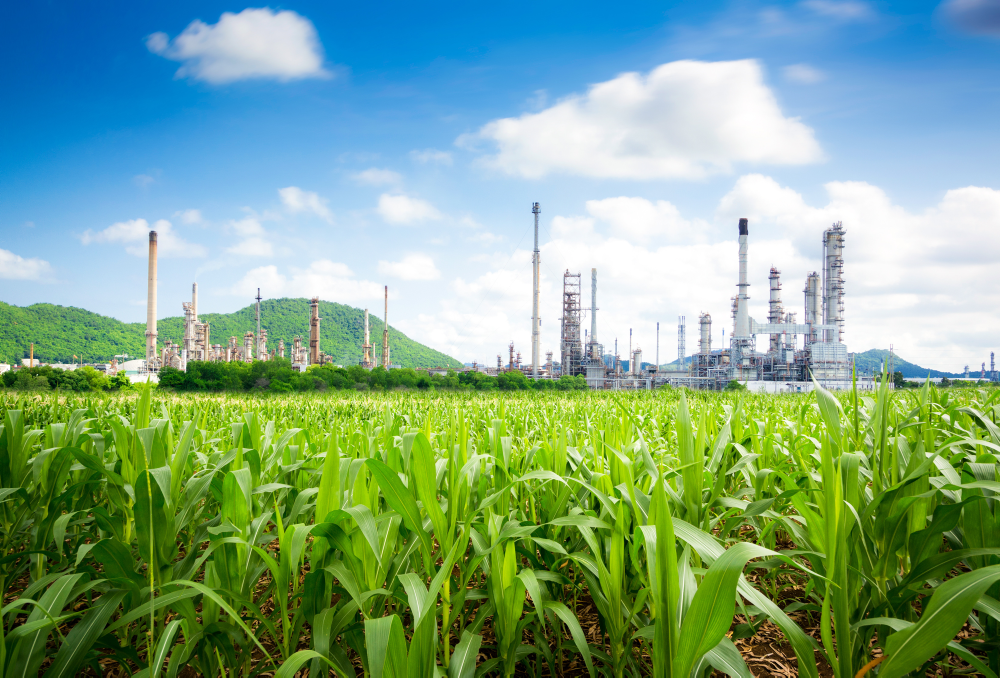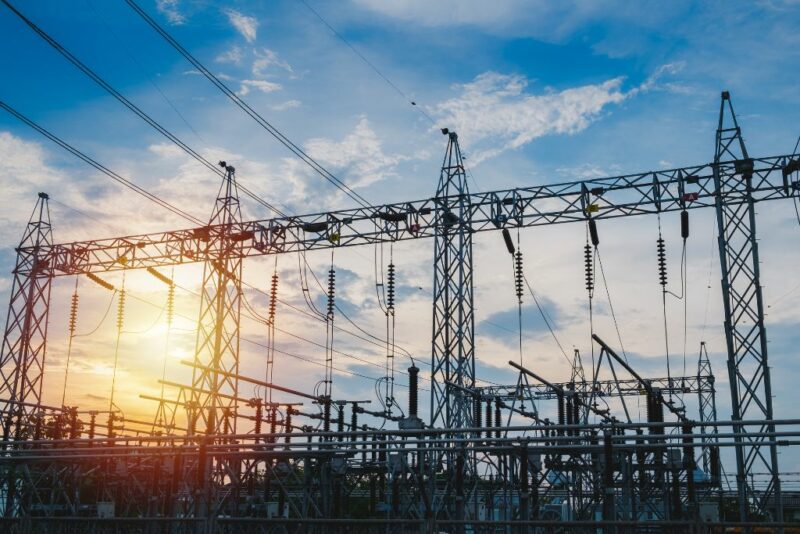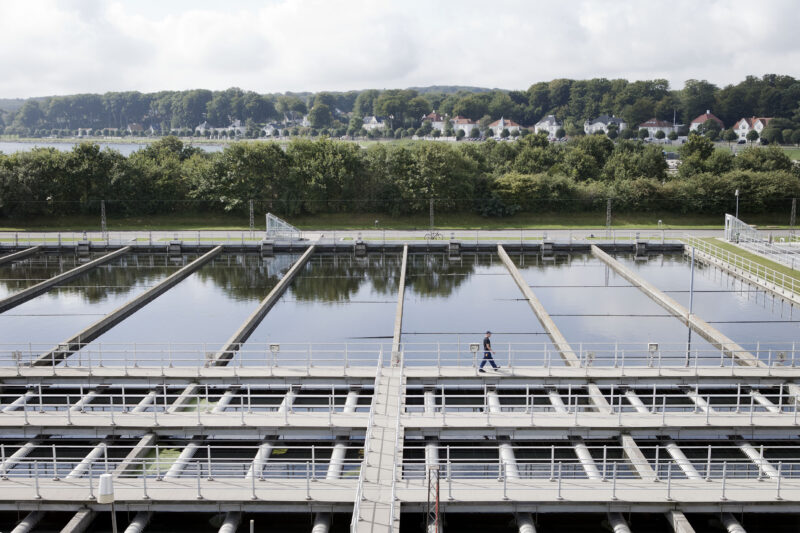News
Haldor Topsoe sets out to become the global leader in technologies to reduce carbon emissions


“The world is at a climate crossroads, and we believe that Topsoe has a decisive role to play in reducing carbon emissions globally. We want to deliver the technologies that reduce or even eliminate carbon emissions from fuels and chemicals,” says Roeland Baan, CEO, Topsoe.
“However bold our vision and purpose may be, they reflect Topsoe’s unique capabilities. For decades, we have been perfecting chemistry for a better world, as expressed in our purpose. In the 80’s, acid rain was one of the most pressing environmental problems, today it is under control. Topsoe’s world-leading technologies to remove sulfur from fuels and emissions have played a significant role in making that happen. Today, our biggest challenge is carbon emissions, and again we want to lead the way and deliver the technologies to reduce carbon emissions from chemicals and fuels,” Roeland Baan adds.
Already today, Topsoe is the global leader in energy-efficient technologies to produce clean transportation fuels as well as ammonia, methanol, and hydrogen – universally regarded as the most important fuels and chemicals in a carbon-neutral future. Guided by its new vision, Topsoe has set out to lead the transition of these and more areas to the benefit of customers, the climate, and the world.
Topsoe’s business will be refocused to deliver these technologies. The accelerated development of carbon emissions reduction technologies will be supplemented by continued delivery of Topsoe’s globally leading energy-efficient solutions for producing conventional fuels and chemicals.
Already today, Topsoe is part of two of the world’s largest renewable hydrogen projects, the NEOM project and the Copenhagen project, both based on power from wind turbines and solar panels. In addition, Topsoe is the global leader in technology to produce renewable fuels from vegetable oils and waste. The company is also offering or developing leading carbon emission reduction technologies within chemicals and fuels from power-to-X, biomass, and carbon utilization.















